
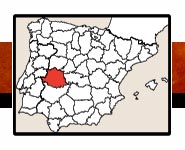

 |
 |
||
 |
|||
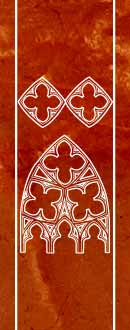 |
(40)/BE-C/CACE-Cacer1-40.jpg) |
-55/BOOK-cort-40.jpg) |
 |
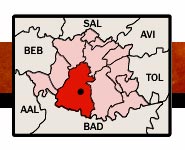 |
||
 |
|||
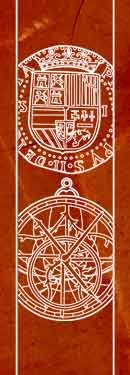 |
ACCESO CÁCERESA Cáceres podemos acceder por la A-66 (León - Sevilla) o por la A-5 (Badajoz - Madrid), desde la A-58 puedes acceder a Cáceres por Trujillo. Los monumentos se ubican en el casco histórico de Cáceres. Para el Campamento romano el acceso se ubica a 2,5 Km. al NE de Cáceres, junto a la barriada de la Mejostilla, en el camino de Torrejón el Rubio (EX390). ACCESO PARA MINUSVALIDOSLos usuarios de sillas de ruedas, deben de tener en cuenta los altos desniveles de algunos puntos de la ciudad, acceder en coche al casco histórico y aparcar es complicado; los palacios (Las Veletas) solo son visitables la primera planta, las iglesias como Sª María y Santiago son accesibles en general (la Iglesia de San Francisco tiene una larga escalinata). Pero el campamento romano, pese a que excavaciones y musealización han mejorado el tránsito, no todo es visitable. |
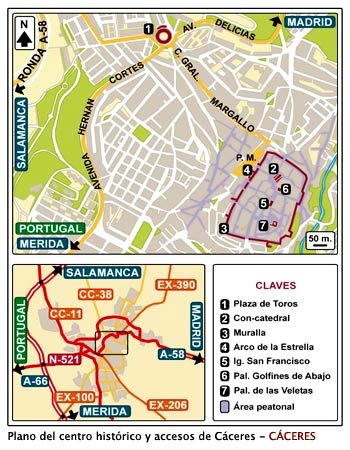 |
LOCATION CÁCERESTo Cáceres we can access by the A-66 (León - Seville), or by the A-5 (Badajoz - Madrid); from Trujillo you can access to Cáceres by the A-58. Monuments are located in Historic center. For Roman Camp the access is located to 2.5 Km (1.55 mi) to the NE of Cáceres, next to the district of the Mejostilla, in the road to Torrejón el Rubio (EX-390). ACCESS FOR THE HANDICAPPEDWheelchair users must to consider the high slopes of some points of the city, access by car to the historic center and parking is very difficult; the palaces (like palace of the Veletas) are only visitable the first plan; the churches like Santa Maria and Santiago are accessible in general but the church of San Francisco has a long staircase. As for the Roman camp, although excavations and musealization have improved the transit, not everything is visitable. |
||||
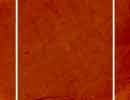 |